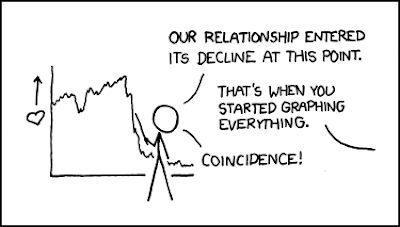A brief look at two powerful frameworks for change: Positive Psychology and Motivational Interviewing
"We believe that a psychology of positive human functioning will arise, which achieves a scientific understanding and effective interventions to build thriving individuals, families, and communities." -Martin Seligman & Mihaly Csikszentmihalyi
Positive psychology is focused on making normal life more fulfilling by nurturing latent genius and talent. It focuses on the values, strengths, virtues, and talents of a client, and promotes them. It is a neuroscientific approach to understanding happiness. Through the humanistic lens pioneered by Maslow and Rogers, positive psychology explains development and motivation through hope, growth, and resilience.
The field has seen significant growth over the past twenty years, and it's field of research aligns with "purpose" driven life. "Mindfulness" psychology, and inquiry into a "meaningful life" have contributed greatly to the field of research.
Motivational Interviewing is "... a collaborative, person centered form of guiding to elicit and strengthen motivation for change."
The MI approach is:
- A conversation about change
- Collaborative, honoring autonomy - not experts delivering to recipients
- Evocative, calling forth an individual's own motivation and commitment
The 'spirit' of Motivational interviewing has three elements:
- Collaboration (vs. Confrontation) - the client is the "expert"
- Evocation (Drawing out, vs. imposing on)
- Autonomy (vs. Authority) - the power for change lies within the client
The guiding principles of Motivational Interviewing are:
- Express empathy
- Support self-efficacy
- Roll with resistance - avoid the righting reflex
- Develop discrepancy - gap analysis
I find the overlaps of these disciplines fascinating, am curious about their implications on emergent leadership and change management. Stay tuned!




























